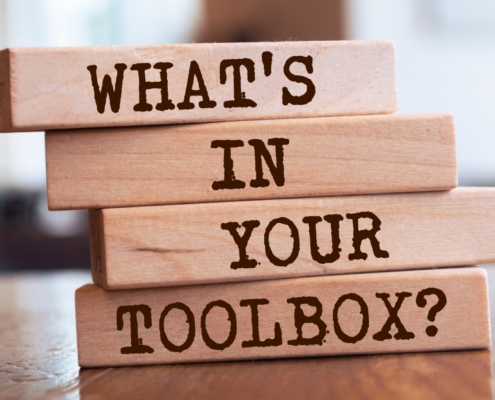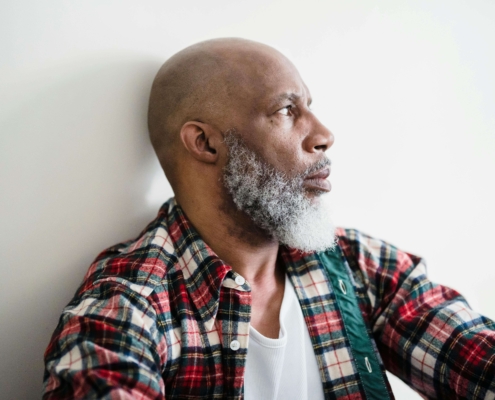
DBT Skills Series 16
Blog, DBT, DBT Skills Series Blogs, DBT Skills TrainingLearn how DBT sleep hygiene strategies can help you fall asleep faster, calm nighttime rumination, and support your nervous system when your mind won’t settle.

When Anger Takes Over: Understanding and Healing Men’s Anger
Blog, DBT, EMDRFor many men, anger becomes the go-to reaction when everything underneath feels overwhelming. Learn what your anger is trying to tell you — and how to take back control.

The Quiet Struggle: Understanding Men’s Mental Health
Blog, DBT, EMDRMany men learn to stay silent about stress, exhaustion, and emotional pressure. This blog explores the quiet struggles men face and how therapy can support real healing.

DBT Skills Series 15
Blog, DBT, DBT Skills Series Blogs, DBT Skills TrainingWhen emotions surge, it’s easy to feel swept away. DBT’s Mindfulness of Current Emotions skill helps you notice, name, and ride out intense feelings without losing control — turning emotional chaos into calm awareness.

DBT Skills Series 14
Blog, DBT, DBT Skills Series Blogs, DBT Skills TrainingDBT validation helps calm conflict, reduce defensiveness, and strengthen connection. Learn how understanding — not agreement — transforms relationships and self-compassion.

Calming the Storm and Healing the Roots: Mindful Communication, Emotional Safety, and Healing Through DBT and EMDR
Blog, DBT, EMDRLearn how DBT and EMDR work together to calm emotional storms and heal deep-rooted triggers — helping you communicate mindfully, feel safer in connection, and live more peacefully.

DBT Skills Series 13
Blog, DBT, DBT Skills Series Blogs, DBT Skills TrainingWhen your body is cared for, your emotions stay steadier. DBT PLEASE Skills teach how physical care—sleep, nutrition, movement, and health maintenance—reduces emotional vulnerability and builds resilience.

DBT Skills Series 12
Blog, DBT, DBT Skills Series Blogs, DBT Skills TrainingThe DBT skill Cope Ahead helps you mentally rehearse calm before challenges, strengthening confidence and reducing emotional overwhelm when stress arises.

Attachment Theory, Relationships, and How EMDR Can Help
Blog, EMDR, TraumaExplore how secure and insecure attachment patterns shape relationships—and how EMDR therapy can support healing, growth, and lasting emotional connection.

DBT Skills Series 11
Blog, DBT, DBT Skills Series Blogs, DBT Skills TrainingBuilding Mastery is a DBT skill that helps you grow confidence and resilience. By taking on achievable challenges, you strengthen your ability to handle emotions and build steady moments of pride in yourself.

